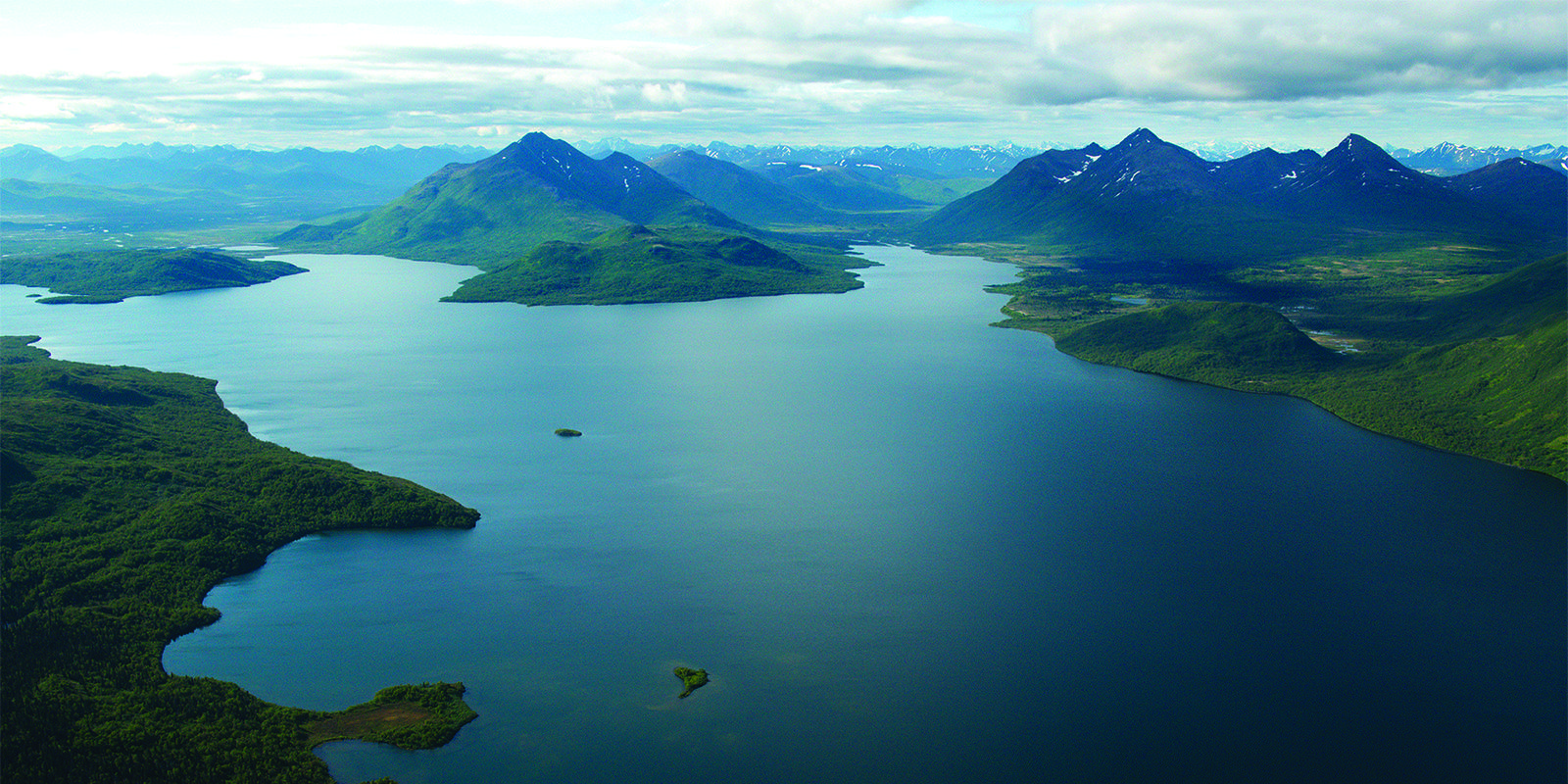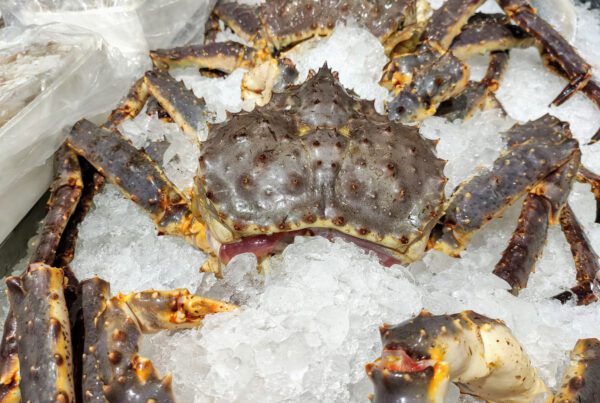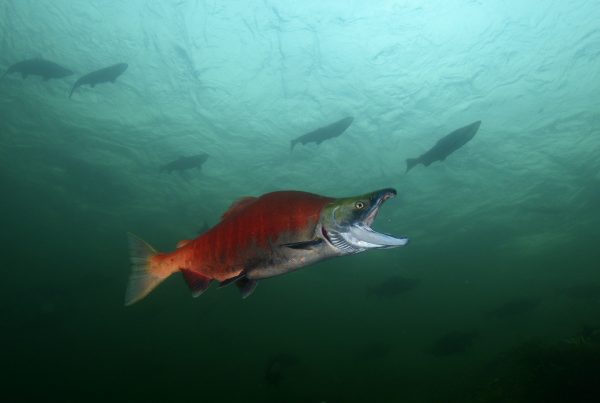For several weeks concerns have been increasing surrounding the Bristol Bay fishery operations and how the Sockeye Salmon season will be impacted by the new protocols for handling workers that arrive from out of state. Of the 5,000 workers expected in Alaska during the season, an astounding 88.7% are non-residents and with travel restrictions coupled with self-isolation protocols, the outcome for managing this is precarious. While we don’t expect the fishery to close because of the economic impact that it would have nationally, the state will need to take exceptional steps to mitigate problems no matter the result.
Weekly meetings between local government and corporations are happening to push new protective protocols into place for the safety of both workers and local communities, which could be devastated by outbreaks. One of the key implementations is the two-week isolation for visitors and the requirement of a negative test within 48 hours of arriving. Operators will need to adhere to wearing masks and remaining six feet apart from each other during the work. But all of the processors and fishermen will be taking extreme measures to segregate and protect their operations from the Alaskan natives as many companies have their own protocols in place on top of the state-mandated public health issues.
Beyond the functionality of the fishery, there are tourism issues coming up as many people who come to Bristol Bay for leisure don’t have the extra two weeks to spend in isolation before beginning their trip. Some guest services for vacationers aren’t planning to open in light of restrictions, concerned about the type of experience they can offer during this time. The cruise lines as well have followed suit and reduced their scheduled voyages this summer, which will also impact many cities within the Inside Passage.
The harvest of Sockeye Salmon is expected to be excellent this year, with estimates putting the total around 34.5 million fish, 6% over the ten-year average. The economic impact of that industry on the locality, the fish market in general, and the indigenous populations in the area really cannot be overstated. These communities depend heavily on a single commodity to support their area for the year. We’ll keep watching this situation and update the news as we can.



